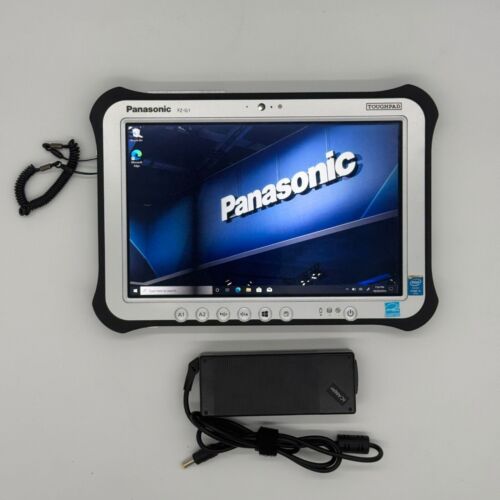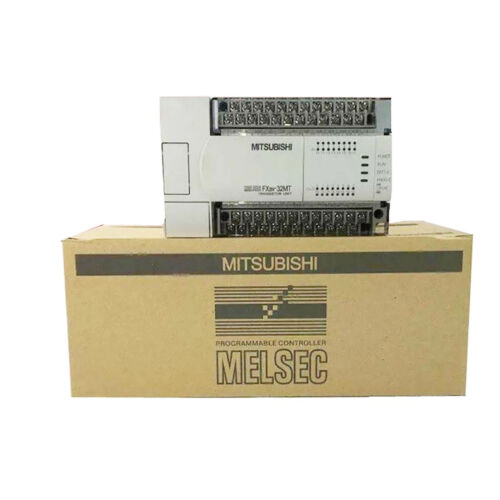Data centers play a crucial role in our increasingly digital world, serving as the backbone for storing, processing, and transmitting vast amounts of data. However, the energy consumption of data centers has become a growing concern, as they are one of the largest consumers of energy in the IT sector. Achieving energy efficiency in data centers is essential not only to reduce operating costs but also to minimize environmental impact and meet sustainability goals.
Challenges of Energy Efficiency in Data Centers
There are several challenges to achieving energy efficiency in data centers. One of the main challenges is the increasing demand for computing power and storage capacity, which leads to the expansion of data centers and the deployment of more servers and networking equipment. This results in higher energy consumption and increased cooling requirements to maintain optimal operating temperatures.
Another challenge is the inefficient utilization of resources within data centers. Many data centers operate at low utilization rates, with servers running idle or underutilized, leading to wasted energy. In addition, legacy equipment and outdated cooling systems can contribute to inefficiencies and higher energy consumption.
Solutions for Achieving Energy Efficiency
To address the challenges of energy efficiency in data centers, several solutions can be implemented:
1. Virtualization: Virtualization technology allows multiple virtual servers to run on a single physical server, increasing utilization rates and reducing the number of physical servers needed. This can significantly reduce energy consumption and cooling requirements in data centers.
2. Energy-efficient hardware: Upgrading to energy-efficient servers, storage devices, and networking equipment can help reduce energy consumption in data centers. Energy Star-rated equipment and energy-efficient cooling systems can also contribute to energy savings.
3. Data center consolidation: Consolidating multiple smaller data centers into a larger, more energy-efficient facility can help reduce overall energy consumption and improve resource utilization. This can also lead to cost savings and easier management of data center infrastructure.
4. Data center design: Implementing energy-efficient design principles, such as hot and cold aisle containment, optimized airflow management, and efficient cooling systems, can help improve energy efficiency in data centers. Using energy-efficient lighting and power distribution systems can also contribute to energy savings.
5. Energy monitoring and management: Implementing energy monitoring and management systems can help data center operators track energy usage, identify inefficiencies, and optimize energy consumption. This can lead to better decision-making and more efficient operation of data center infrastructure.
Achieving energy efficiency in data centers is a complex and ongoing process that requires a combination of technology, design, and management strategies. By implementing solutions such as virtualization, energy-efficient hardware, data center consolidation, and energy monitoring, data center operators can reduce energy consumption, lower operating costs, and minimize their environmental impact. Ultimately, achieving energy efficiency in data centers is essential for meeting sustainability goals and ensuring the long-term viability of data center operations.















